At the end of August, we had the chance to meet Kostas Chalkias during the private SuiRL event in Bali. From the very first impression, the co-founder of Mysten Labs came across as an exceptionally passionate individual—someone eager to share his vision and spark inspiration about the future of blockchain.
Yet, as our conversation unfolded, it became clear that Chalkias isn’t simply a voice for blockchain innovation. His perspective stretches further - into the realms of artificial intelligence, robotics, and even a future where these technologies can thrive without depending on the Internet itself.
Vietnamese version of this article is here.
Sui vs. Aptos: Same Origins, Different Destinies
- When discussing Sui, comparisons often arise with Aptos, or even with Solana. So what truly sets Sui apart?
Kostas Chalkias: “If you had to choose between two groups, one that feels safe and familiar, and another that constantly brims with fresh ideas and daring innovation, which would you pick?” Kostas Chalkias leaned back, smiling, before posing a question of his own.
For Chalkias, the choice is obvious. “I would always go with the creative ones,” he says with conviction.
That “creative group,” as he describes it, is none other than the colleagues he once worked alongside at Facebook on the ambitious Libra project. They were the best and the brightest people who advanced rapidly, who relentlessly chased new frontiers.
There was George, leading in research; Adeniyi, driving product and digital payments; Evan, steering the entire research team; Sam, the visionary behind the Move programming language and now CTO; and Chalkias himself, heading cryptography. “When they all left, I knew I had to follow,” he recalls.
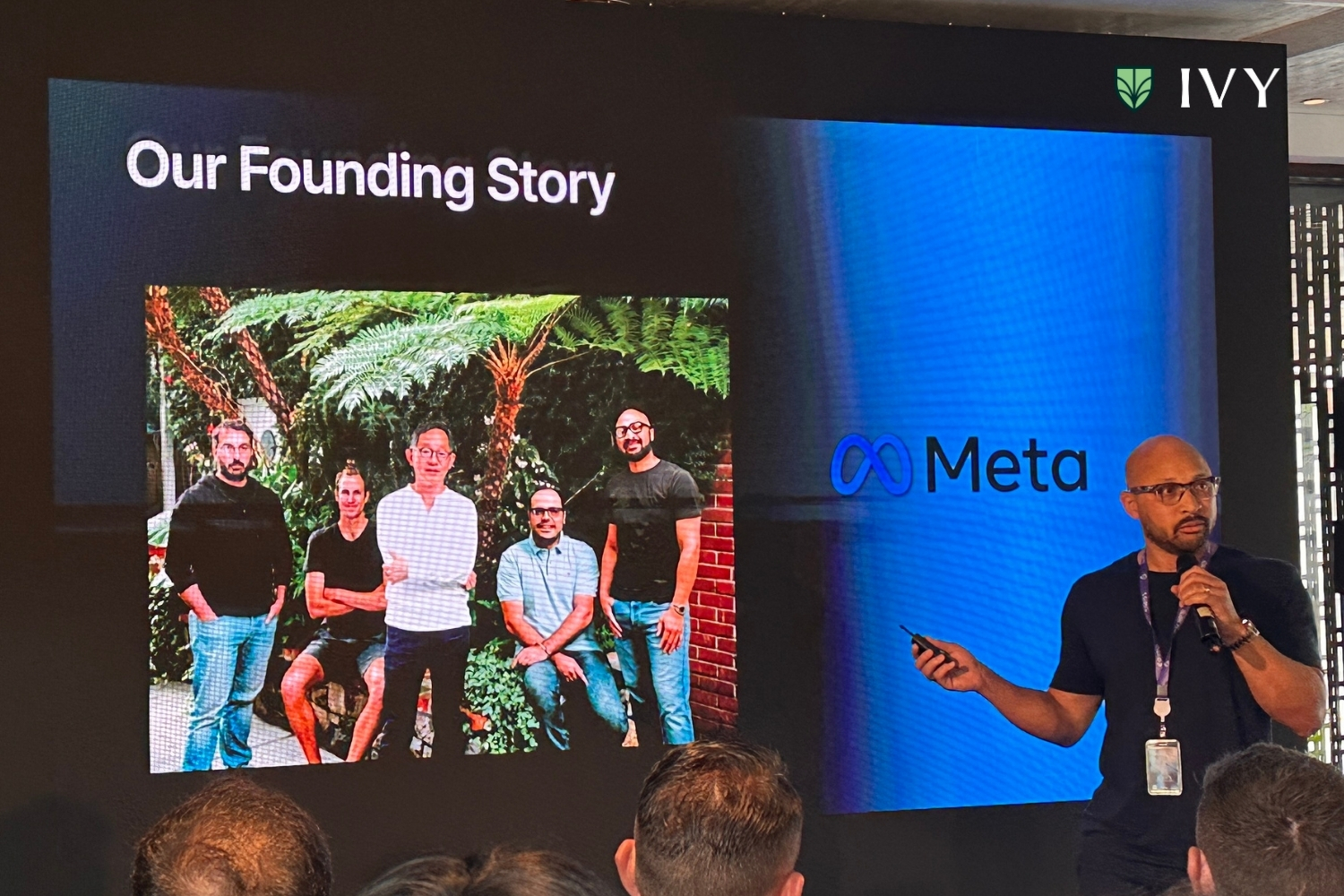
- At the SuiRL event, the Mysten Labs team opened up about their entrepreneurial journey.
From the outside, many might assume that Sui and Aptos are essentially the same - both born from the roots of Facebook’s Libra project. But in reality, their paths have diverged sharply. Aptos chose its own direction.
For Sui, however, the mission was different. “We carried with us the ideas that had once been stifled within the corporate walls of Facebook and finally turned them into reality,” Chalkias explained.
“Back there, every initiative had to climb through layers of management, waiting for top-down approval. At Mysten, we are free to experiment, free to transform ideas into products, free to spread our wings.”
For Kostas, it is this very freedom that defines Sui’s identity. It’s not just about speed. It’s not just about safety. Sui, in his eyes, is fertile ground for nurturing ideas that once seemed impossible.
Mysten Labs vs. Sui: Why Two Separate Entities Matter?
- Many people still confuse Mysten Labs with Sui. But why was it necessary to separate them into two distinct entities?
Kostas Chalkias: In the fast-evolving world of blockchain, people often blur the line between Mysten Labs and Sui. To many, the two appear interchangeable. But in truth, they were deliberately separated - and the reasoning reveals much about how this ecosystem was designed to grow.
“Imagine holding a computer in your hands. To make it work, you need CPU and RAM. In our ecosystem, Sui is exactly that - the CPU and RAM, the core engine where all computation and processing happens.” Kostas Chalkias illustrates it with a simple metaphor.
Yet, as anyone who has ever used a computer knows, raw processing power is only the beginning. A machine with nothing but CPU and RAM cannot fulfill its promise. You need storage and that is Walrus. You need a marketplace that enables liquidity and exchange, that is DeepBook. You need identity solutions and privacy protections, that is CNS, Nautilus, and Seal. And you need simple, secure ways for everyday users to log in, that is zkLogin and Passkeys.
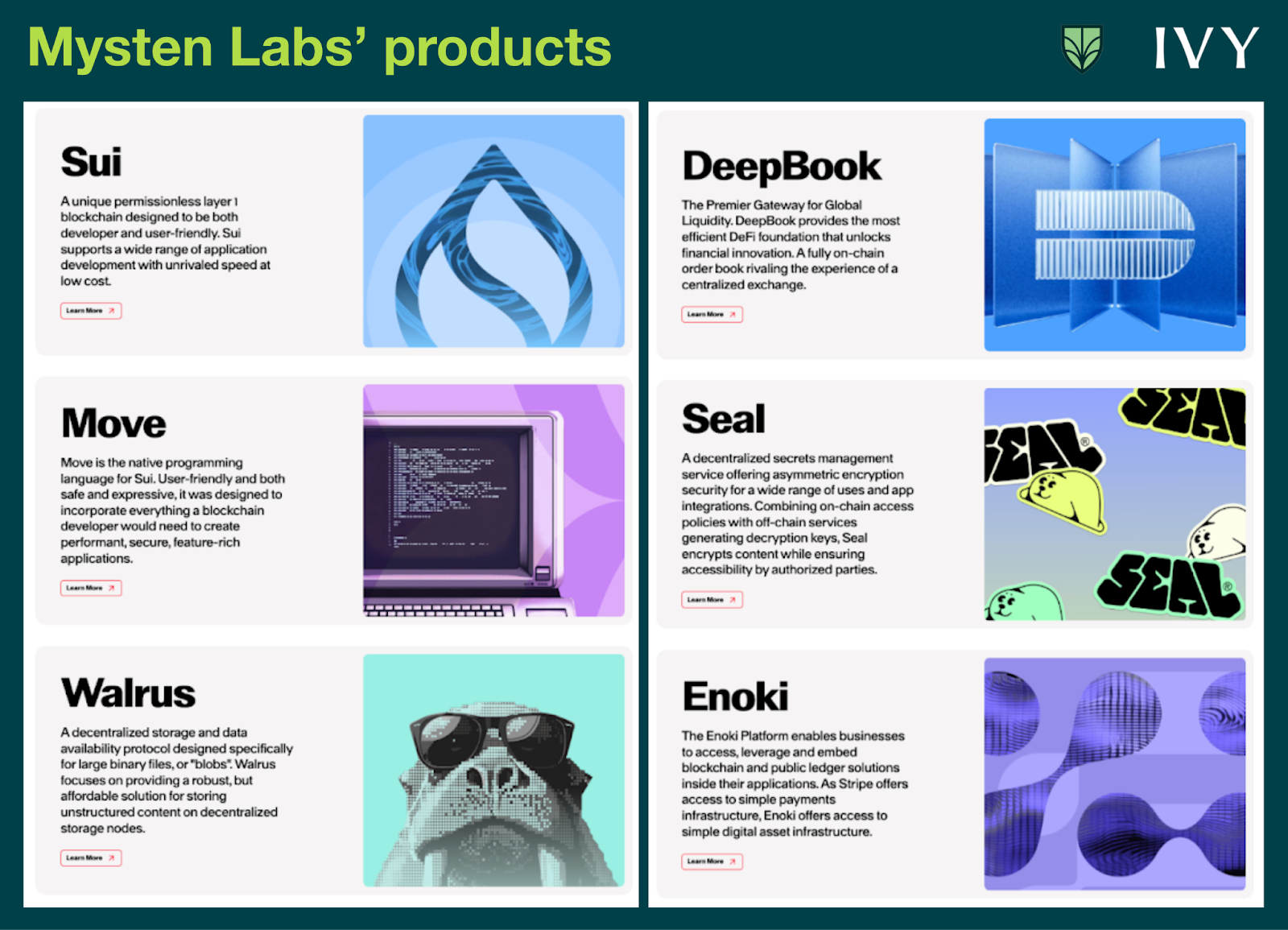
- Mysten Labs’ in-house products include the Sui blockchain itself.
“All of those components are what Mysten Labs builds. We’re like the software company that designs the entire toolkit, the missing pieces that turn raw hardware into a complete, usable machine.” Chalkias continues.
Indeed, Mysten’s contributions include the Sui blockchain itself - but Chalkias is quick to clarify that the two are not the same. Sui is the core platform. Mysten is the architect. Mysten exists not to be Sui, but to craft the building blocks that allow Sui to flourish into something larger than the sum of its parts.
“A bare blockchain, no matter how fast or secure, is not enough. Users will never fully perceive its value unless it is surrounded by the right tools. With them, Sui ceases to be just a blockchain. It becomes an ecosystem.”
And perhaps most tellingly, Mysten doesn’t seek to hoard control. “We’re not building everything to keep it for ourselves,” Chalkias says. “We lay the foundation, we set down the first bricks. From there, the community, universities, startups, and builders come in to raise their own structures. That is how a truly vibrant ecosystem comes alive.”
Beyond the Sui Blockchain: What Is Mysten Labs Building?
- Beyond its core blockchain, Mysten Labs has been quietly developing a suite of other technologies. So what are the standout innovations that truly set Sui apart from the rest?
Kostas Chalkias: “First, we have to talk about Walrus, our decentralized storage system. You can think of Walrus as the hard drive of a computer. But it’s not just any hard drive. It’s designed to store massive amounts of data, in a sustainable way, and most importantly, it’s optimized for AI data. Whenever you want to train or deploy an AI model on blockchain, Walrus is the foundation that makes it possible,” he says, leaning forward, his voice brimming with enthusiasm.
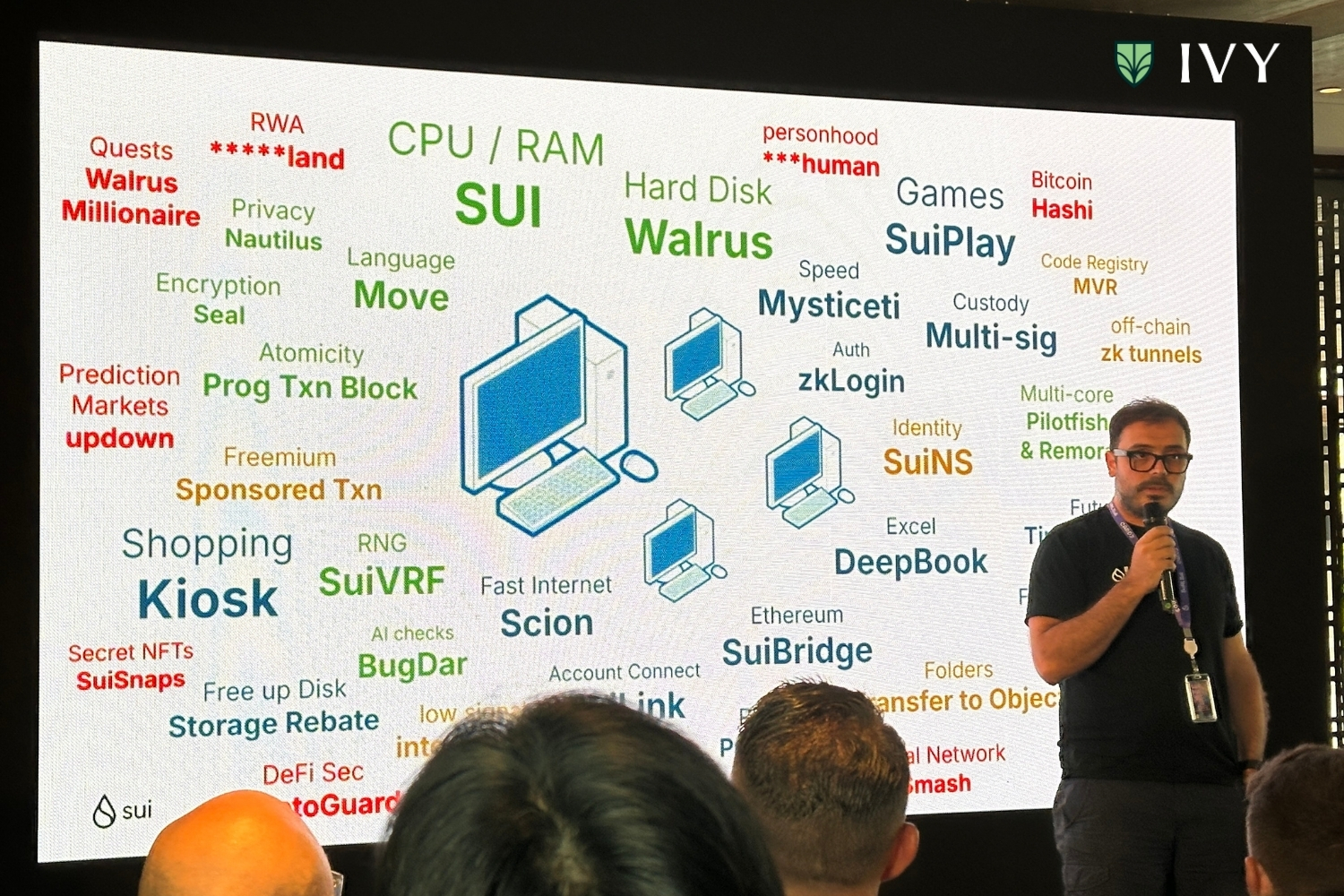
Next comes the Random Beacon. Around the world, not even national lotteries can guarantee true randomness. But on Sui, we’ve integrated randomness directly into smart contracts. That means you can play roulette or spin a slot machine within a single transaction - no oracle required. Everything is transparent, verifiable, and provably fair. This is why several projects have already chosen Sui: they can rely on absolute fairness, built into the chain itself.
The third innovation is zkLogin and Passkeys. Everyone is familiar with logging in through Google or Facebook. We asked ourselves: why not bring that same experience to Web3, but without any intermediaries? With zero-knowledge proofs, users can create blockchain accounts without ever needing a password. You can even send funds with nothing more than an email address. This is how we open the door to blockchain for millions of everyday people.
And of course, there are also our identity and privacy tools, such as Nautilus and Seal. Each of these pieces fits into a larger picture: transforming Sui into a platform that is not only fast and secure, but also complete and accessible, ready to serve mainstream users.
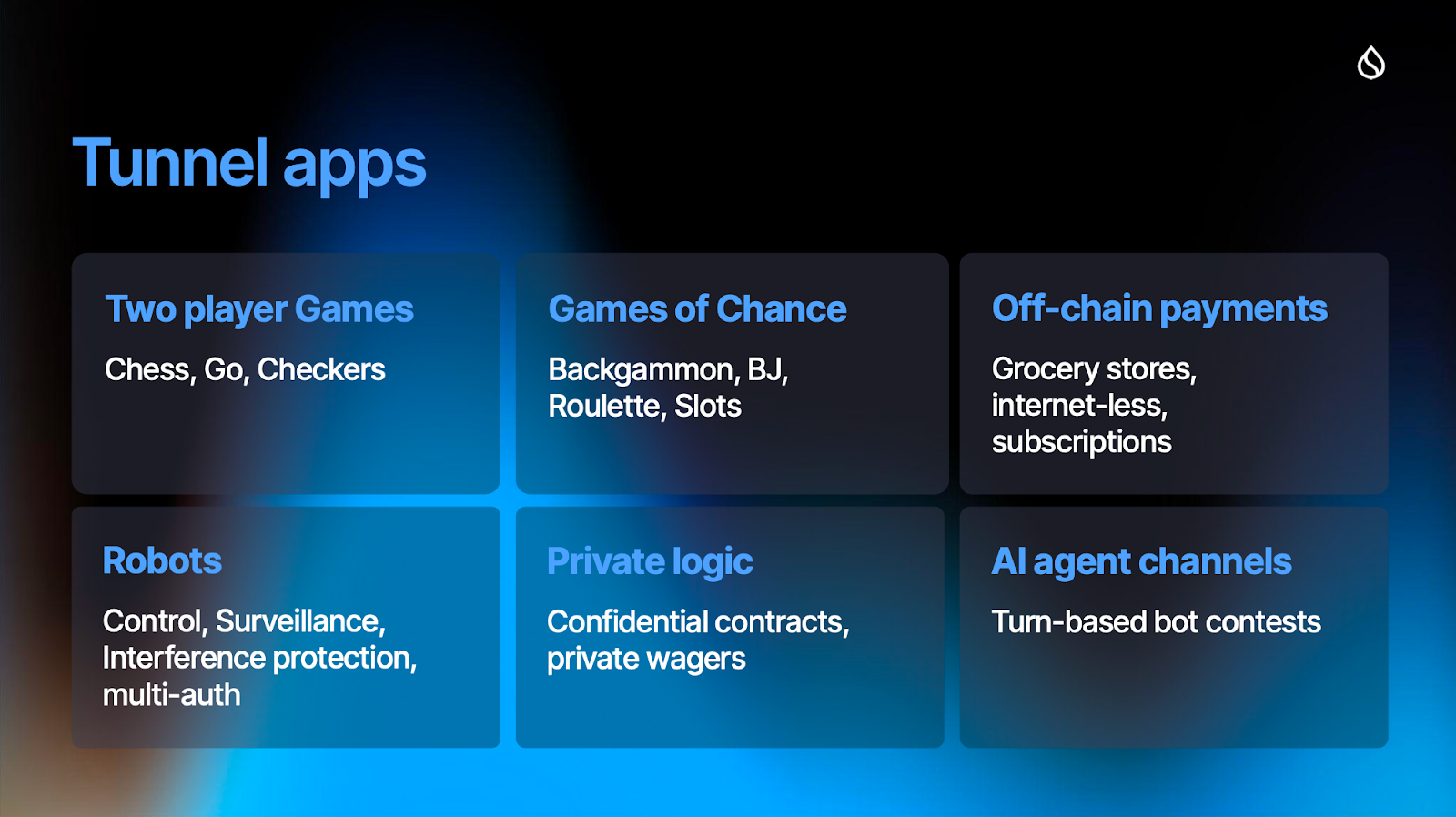
When Blockchain Meets AI, Robotics and a Future Beyond the Internet
- You once said that Sui is not just about blockchain, but also extends into AI and robotics. That sounds almost like science fiction. Could you explain what you mean?
Kostas Chalkias: “It may sound like something out of a movie, but this is exactly what we’re working on. We’ve developed small chipsets that can communicate directly with Sui. That means robots can send and receive transactions - they can even get paid in SUI. More than that, those robots can learn from data stored on Walrus, and then share that knowledge with other robots - whether they’re in another restaurant or across a city.” Kostas Chalkias smiles and leans in.
“Picture yourself walking into a restaurant in the future. The server is a robot. After your meal, you tip the robot directly in SUI. That tip isn’t just money - it’s also a contribution to its learning. The robot improves its service and then shares that knowledge with others. Blockchain becomes the infrastructure for collective machine learning.” He grows more animated as he describes the vision.
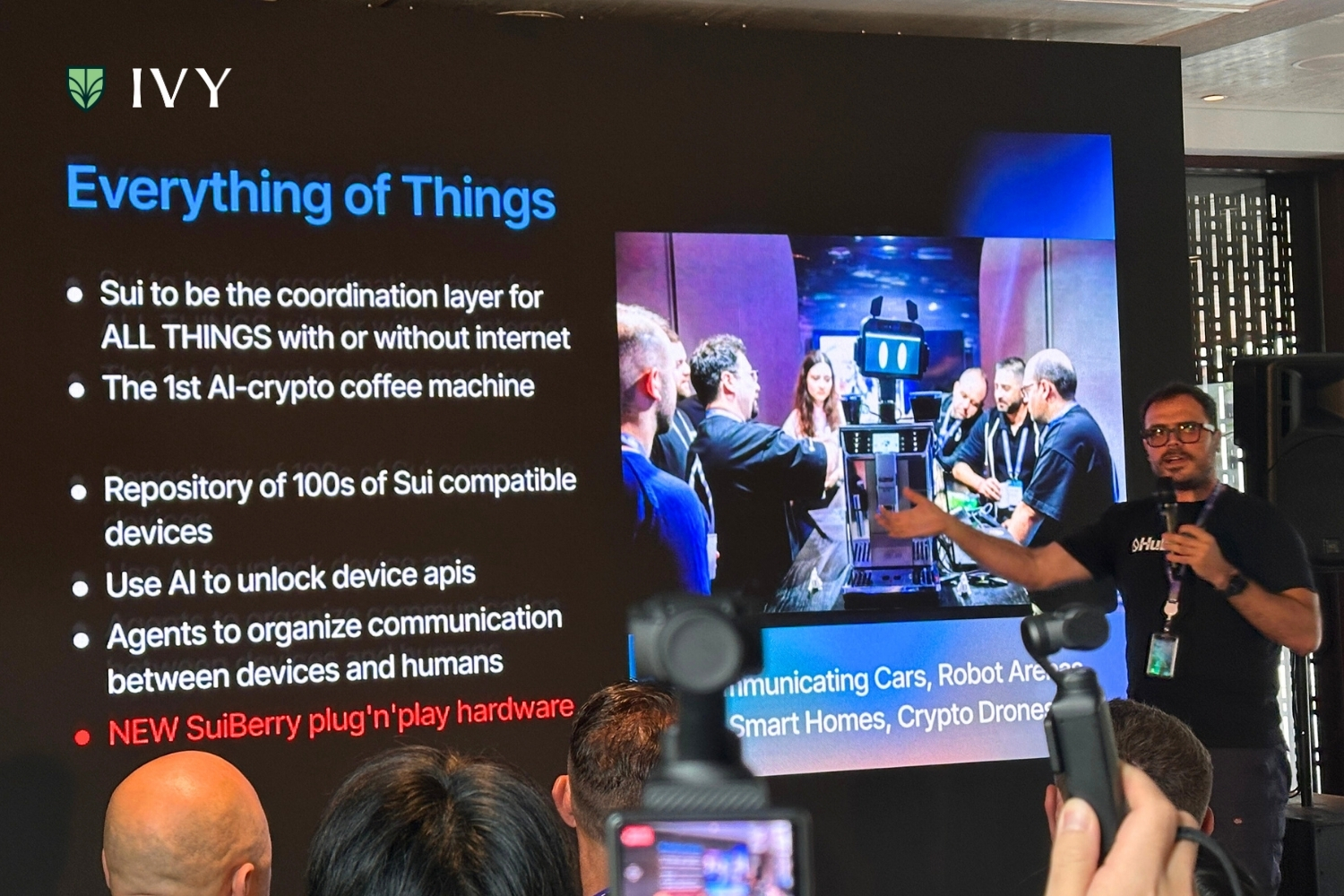
Looking ahead, Chalkias envisions Sui expanding into multiple domains: robots, gaming, AI agents, payments, and beyond. He calls this vision the “Everything of Things.”
But the ambition doesn’t stop there. “Sending every transaction over the blockchain still carries some latency,” he explains. “So we asked ourselves: is there a way to transact without the Internet at all?”
“You can send a transaction through SMS, AM/FM radio waves, Bluetooth even by renaming a Wi-Fi SSID. I once walked into a bar, changed the Wi-Fi name to an airdrop code, and instantly, everyone was able to claim their rewards.”
Thanks to blockchain’s digital signatures, these signals, however they’re transmitted remain fully trustworthy, without relying on complex protocols like TLS or HTTPS.
“This opens up an entirely new horizon: drones can fly, robots can function, devices can communicate, all without needing the Internet. Imagine sending a Sui transaction through nothing more than a Wi-Fi SSID.” Chalkias gestures with his hands, as if sketching invisible waves in the air.
Building an Open Ecosystem: Mysten Only Lays the Foundation
- Mysten Labs has created several foundational products such as Sui, Walrus, and zkLogin. Some worry that when a single company builds too many core components, the ecosystem may become less decentralized. What does Chalkias think?
“This is a common misunderstanding. Mysten doesn’t build in order to keep everything for ourselves. We’re simply laying the foundation of a house. Once the groundwork is solid, it’s up to the community, startups, universities, and other teams to come in and build the floors and rooms however they want.” He shakes his head gently.
Take zkLogin as an example. “We created it to prove that logging into blockchain can be as easy as signing into Google. But we don’t monopolize zkLogin wallets. Anyone can develop their own wallet based on this technology. The same goes for Walrus, DeepBook, and our other tools. Mysten clears the path, and then hands the stage over to everyone else.”
“So saying that Mysten owns everything is simply not true. We just provide the starting point. Real diversity and decentralization will come from other builders. That is how a truly sustainable ecosystem grows.”
Recruiting “Squid Game” Style in Vietnam
- I heard you once organized a hackathon in Vietnam as a form of recruitment and even called it a “Squid Game” approach. Why such an unusual choice?
Kostas Chalkias: “I grew up through hackathons. My entire career started with them. I won national programming competitions in Europe, and later, Facebook recruited me because of a hackathon. For me, hackathons aren’t just games - they’re where you prove yourself under real pressure.” His face lights up with excitement, as though he’s reliving a cherished memory.
“The problem is, many hackathons today have turned into what I call ‘grant farms.’ Teams show up just to collect sponsorship money, then disappear, leaving nothing behind for the ecosystem. That’s the mistake many blockchains have made: burning through piles of money without creating lasting value. With Sui, I didn’t want that. Our hackathons must deliver something real: ideas, products, and people.”
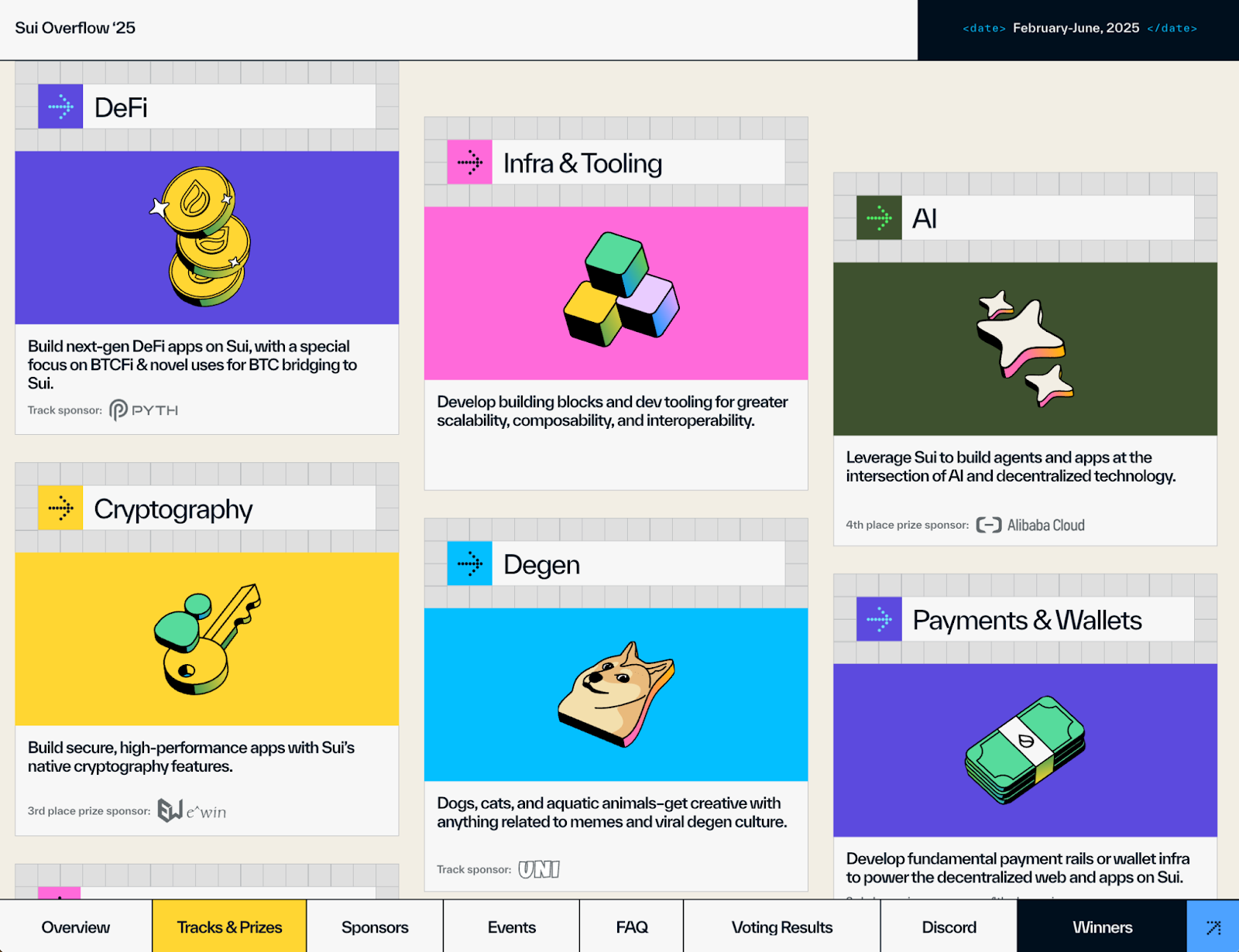
In Vietnam, Chalkias organized a hackathon that drew more than 100 participants. Over the course of just two days, he had the chance to observe them closely: how they turned ideas into prototypes, how they collaborated under pressure, how they solved problems when the clock was ticking.
By the end, 25 stood out. “And these were some of the best developers I’ve ever met.” Chalkias says with conviction.
It was a recruitment process as intense as it was competitive. Brutal, perhaps, but the results were worth it. “Because those who made it through know exactly what they’re signing up for,” he explains.
“I’m extremely demanding in everything I do. There’s no room here for people who want to just ‘chill.’ If you’re part of the team, you need to be all in because we’re building one of the most secure and innovative blockchains in the world.”
Traditional online interviews, he argues, simply don’t measure up. “With AI, it’s easy for candidates to mask their true abilities. But in a hackathon, you can’t hide. I see how they write code, how they communicate, how they bring a product to life in just two days. That is real capability. And that fighting spirit, the willingness to step onto the battlefield and go all the way, that’s exactly what we want in the team building Sui.”
Three Keys to Success and Three Fatal Mistakes for Web3 Founders
- With years of experience building products in the blockchain space, what does Chalkias believe determines the success of a Web3 startup? And what mistakes most often lead to failure?
Kostas Chalkias: “First is absolute commitment. Too many people treat Web3 as a side project, juggling it with a day job. But investors can see through that immediately. If you’re not all in, they’ll never trust you. And more importantly, you’ll never have the stamina to go the distance.” He doesn’t hesitate.
The second factor, he says, is a diverse team. “A blockchain can’t be built by academic researchers alone. You need strong technical minds, yes - but you also need sharp business people and skilled financial operators. It’s like a three-legged stool: remove one leg, and the whole thing collapses.”
And the third: don’t be afraid to share your ideas. “So many people hold back, worrying, ‘If I speak up, someone will steal it.’ But trust me, companies like Facebook or Google can’t just copy your idea tomorrow. For them, even pushing one idea through three or four layers of approval takes at least a year. By that time, you could be miles ahead. Sharing your ideas helps you attract talent, inspire others, and most importantly, keep the idea alive.”
“Don’t waste time worrying about theft. In the time you spend being afraid, you could already be far ahead.” He smiles knowingly.
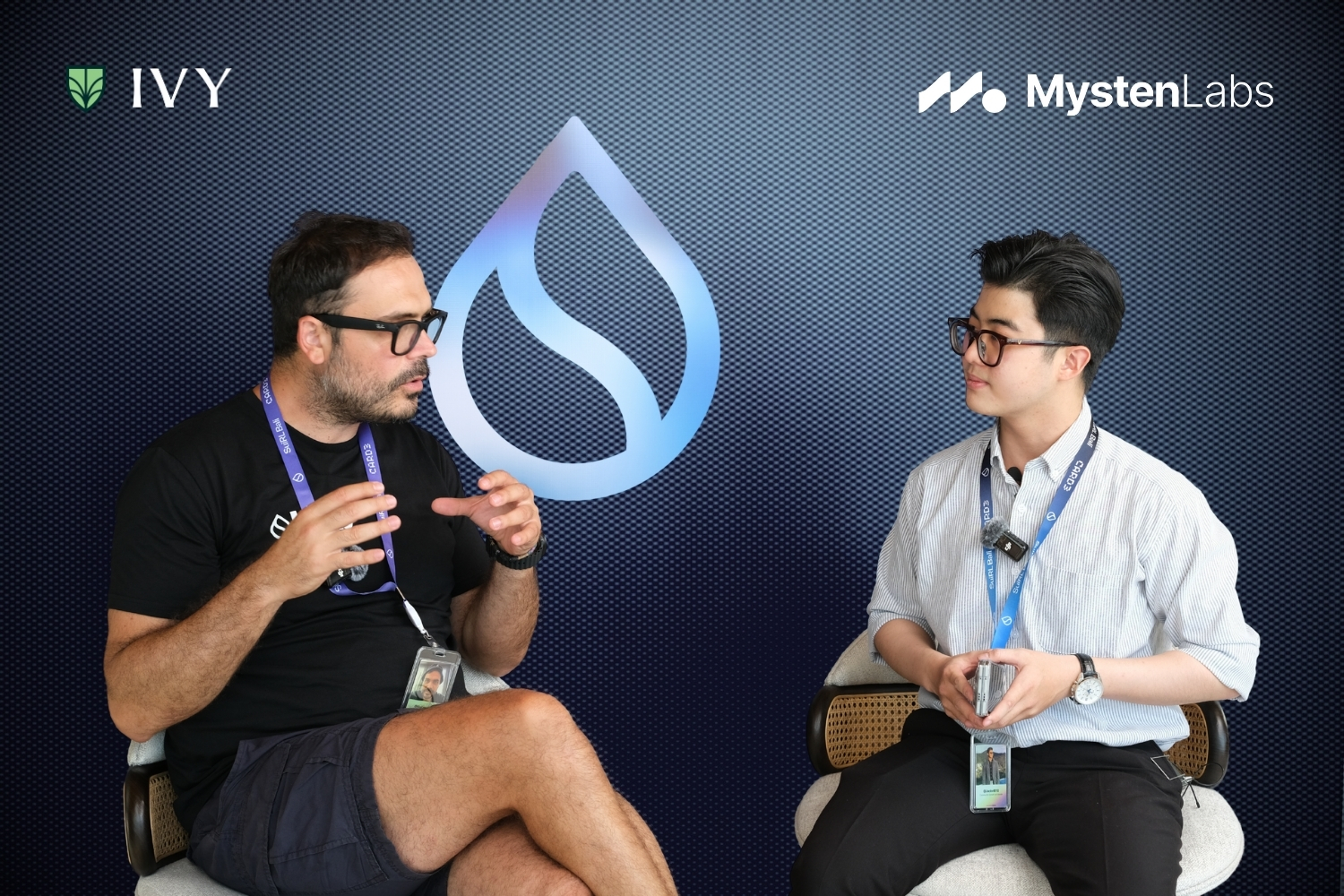
Then he flips the perspective: “The three biggest mistakes I see in Web3 teams are exactly the opposites: one, treating it as part-time and lacking commitment; two, leadership that’s unbalanced, missing diversity of skills; and three, living in fear of being ‘copied,’ isolating themselves. Any one of these will kill a project, no matter how good the technology is.”
“In Web3, technology matters. But in the end, it’s people and how you act that make all the difference.”
Product or Distribution: Which Matters More?
Among founders, the debate is endless: is product the ultimate key, or is distribution what truly decides success?
For Chalkias, the answer is clear. “The truth is: both. But here’s the part most people miss - if you’re not thinking about distribution from the very moment you design your product, then you’ve already made a mistake at the root.”
You may believe your product is the best in the world. But have you thought about how it will be distributed across different markets? Not just in Vietnam, Thailand, or Australia, but also in the U.S., Europe, Africa? If your product isn’t built with global scale in mind from the beginning, it will wither quickly, no matter how strong your marketing is.
“Distribution isn’t the final step. It’s embedded in the DNA of the product itself. If you think about it from day one, you have a chance to become a global standard. If you ignore it, no marketing strategy in the world can save you.”
“Of course, sometimes you’ll fail even with a good distribution plan. That’s normal. But failing because you never thought about distribution in the first place, that’s entirely on you.” Leaning back in his chair, eyes sharp with the weight of experience, Chalkias adds.
In blockchain, he points out, speed is everything. “Every six months, a new trend emerges - from meme coins to NFTs, from stablecoins to DAOs. You need to keep momentum, but not pivot so fast that you lose focus. Striking that balance is the real key to survival.”


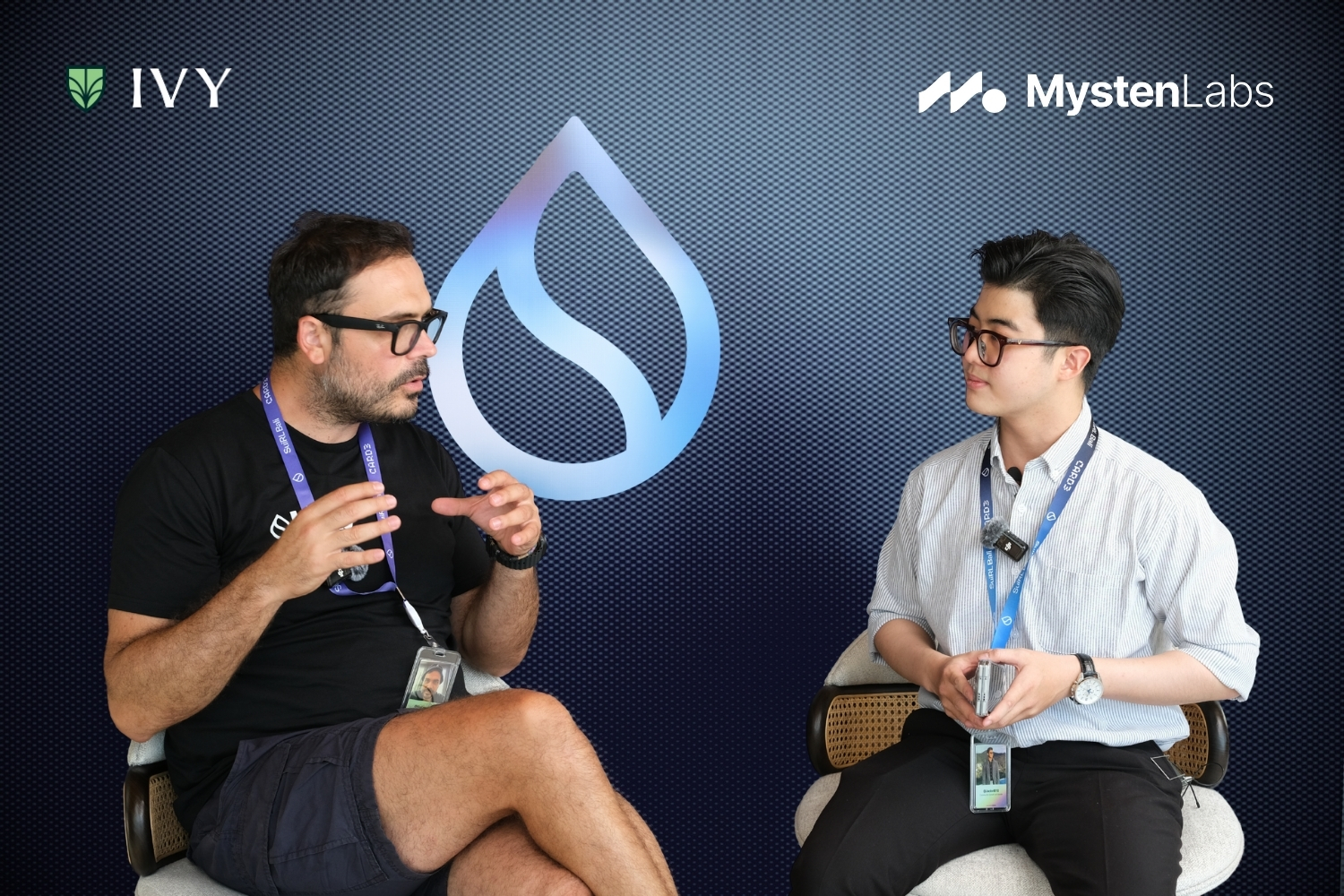
.png)
